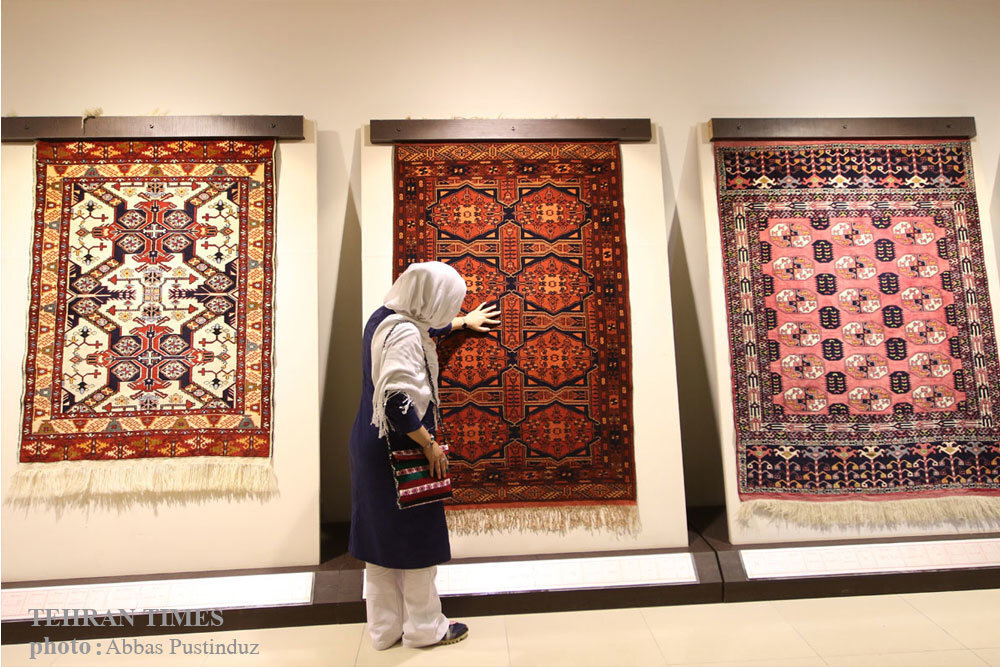Gonbad Kavus museum features rare Turkmen rugs, carpets

TEHRAN – If you are a fan of hand-knitted rugs and carpets or pictorial rugs and planning to visit northern Iran, you may put Gonbad Kavus carpet museum into the itinerary of your journey to make it richer and more colorful.
The museum features rare Turkmen rugs and carpets amongst a variety of counterparts woven in every corner of the ancient country.
Turkmen carpets woven mostly by Turkmen girls and women in the northern province of Golestan come in eye-catching and mesmerizing designs, attracting many Europeans and Americans to this great piece of handcraft.
Covering 700 square meters in area, the museum opened to the public in 2014 as Iran’s third major museum of carpets.
Travelers to Gonbad Kavus are well paid off when they pay a visit to the city’s millennium-old brick tower, a UNESCO-registered monument that is as an exemplar and innovative design of the early-Islamic-era architecture. The UNESCO comments that the tower bears testimony to the cultural exchange between Central Asian nomads and the ancient civilization of Iran.
Persian carpets are sought after internationally for their delicate designs and good quality. A medallion pattern is arguably the most characteristic feature of all types of Persian rugs. However, there is tremendous variation in the shapes and sizes of the medallions as well as the way they are used in various rugs. It’s not wrong to say that no two rugs will have the same medallion layout.
Over 5,397,000 tons of Iranian carpets, worth $424.451 million, were exported to over 70 countries during the past Iranian calendar year (ended March 20, 2019) with the U.S. standing on top of the importers list. Germany, the UK, Italy, France, Spain, Switzerland, Austria, Russia, Portugal, Denmark, Sweden, Norway, Hungary, Romania, Poland and Ireland are other major importers of Iranian carpet.
AFM/MG
